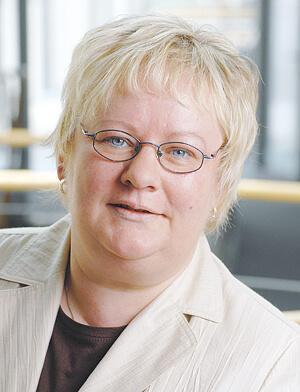Process optimisation at a pharmaceutical company
Project period: March 2016 - June 2016,
Germany, Baden-Württemberg
Consultants involved: 3
Initial situation
The company in Germany’s pharmaceutical industry had grown continuously in recent years. During this time, several innovative products had been successfully placed on the market. Existing capacities in the production area had been constantly expanded in the past.
The company was faced with the seemingly contradictory task of ensuring delivery capability while reducing capital commitment.

Aim of the REFA counselling
The aim of the counselling was to examine the processes for possible potentials in the organisation as well as the control and identification of "blind spots" and "waste". One focus was the consideration of make-to-stock and order production. Batches and product sequences were to be optimised.
REFA approach
The general approach to process optimisation is usually carried out in the following three steps at REFA Consulting:
Step 1 - Order throughput
The basis for an efficient organisation is transparency in the processes and sequences as well as a clear definition of the aims for the work system under consideration. For this purpose, the order throughput in the observed area was considered at the beginning.
The documentation of the order throughput was conducted during a process analysis. For the priority area of production and packaging, the study was conducted in a more differentiated manner - with simultaneous recording of anomalies and weak spots, which can also have their cause in upstream areas or the overhead.
The evaluation of this document could be handed over to the client both as a report and as an interactive HTML document. Bringing this task forward was important to make the flow of information transparent and the interfaces visible.
The process study was carried out by directly involving the employees in the Value chain in an interview or in a workshop. This also ensured the consideration of the interfaces.
Results of the process analysis:
- Documented process flows with weak spots and work steps
- Statement on the control and planning mechanisms and whether they meet the requirements of a modern organisation
- List of anomalies and possible solutions from the process descriptions and the Observations at the workplaces on site
- Potentials in the interfaces
Step 2: On-site observations, interviews, data analysis
The first workshop was followed by a direct observation of the work style and the work contents at the Workplaces. Direct communication with the staff provided a more detailed understanding of the processes.
This section also included the consideration of the ERP system with regard to essential requirements for planning and control tasks.
The consideration of the batch sizes served as a basis for evaluation for:
- SAP,
- Times,
- Material management,
- Capacity planning and time scheduling.
Results of the observation of the processes:
- Thematic list with anomalies to map the actual situation
- Documented processes
- Naming the recognised potential
- Solution for potential release.
Step 3: Process data acquisition and observation
In order to create a representative image of the actual processes in the production area with all scheduled and unscheduled time fractions, a process data acquisition and observation must be carried out at representative workplaces to be defined.
The main focus was on the temporal evaluation of anomalies and potential for improvement in the manufacturing and assembly processes. For this purpose, the process observations were carried out on at least one observation day per workplace across all main workplaces.
Preparation of process data acquisition:
- The times to be recorded or the process types for persons and for the operating means were determined.
- The study frameworks for process data acquisition (Process study) were developed.
- For the data acquisition, the process sections for the processing procedures were created and the corresponding process types were assigned.
The task was to record the proportion of unscheduled, unproductive time and to determine its causes.
Result of the process data acquisition:
- Thematic list with anomalies to map the actual situation
- Determined time fractions for scheduled and unscheduled times in the manufacturing process
- Causes/reasons for blind and defective performances
- Evaluation of the identified potential
- Solution for potential release.
Result of the consulting project "Process Optimisation”
Savings volumes:
200.000 - 250,000 euros per business year through systematic process optimisation by REFA Consulting AG.




 Bettina Dirks
Bettina Dirks



